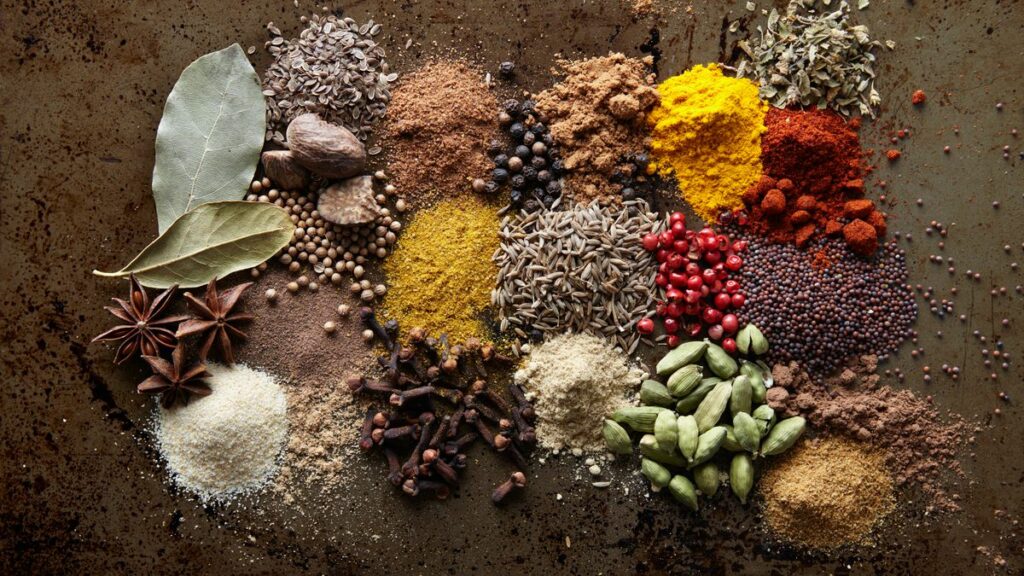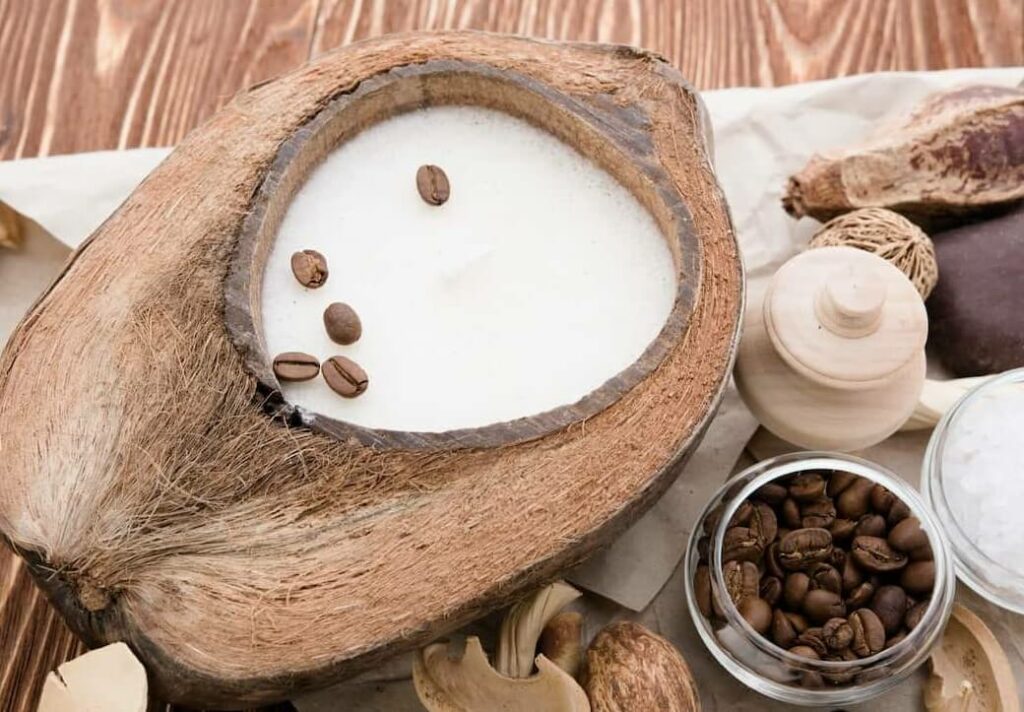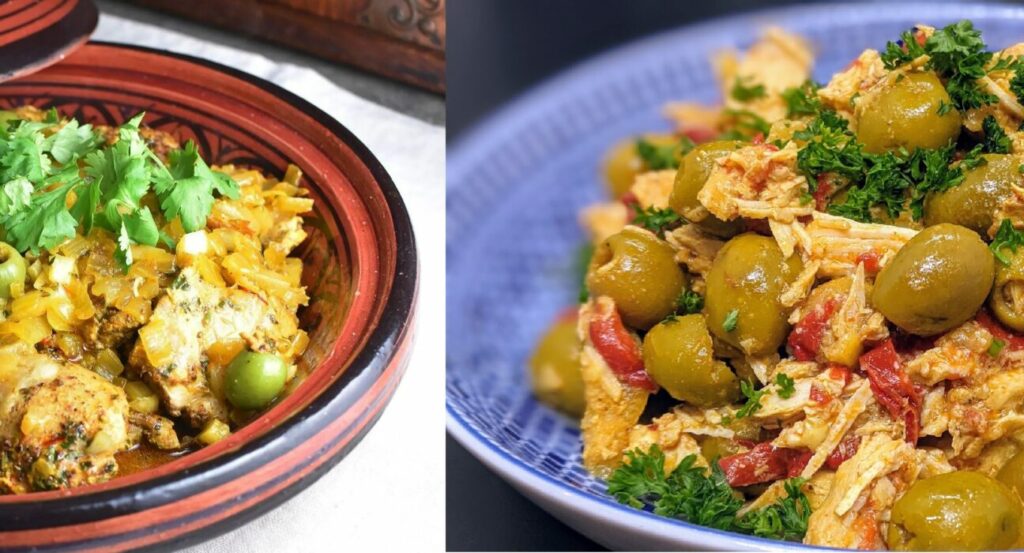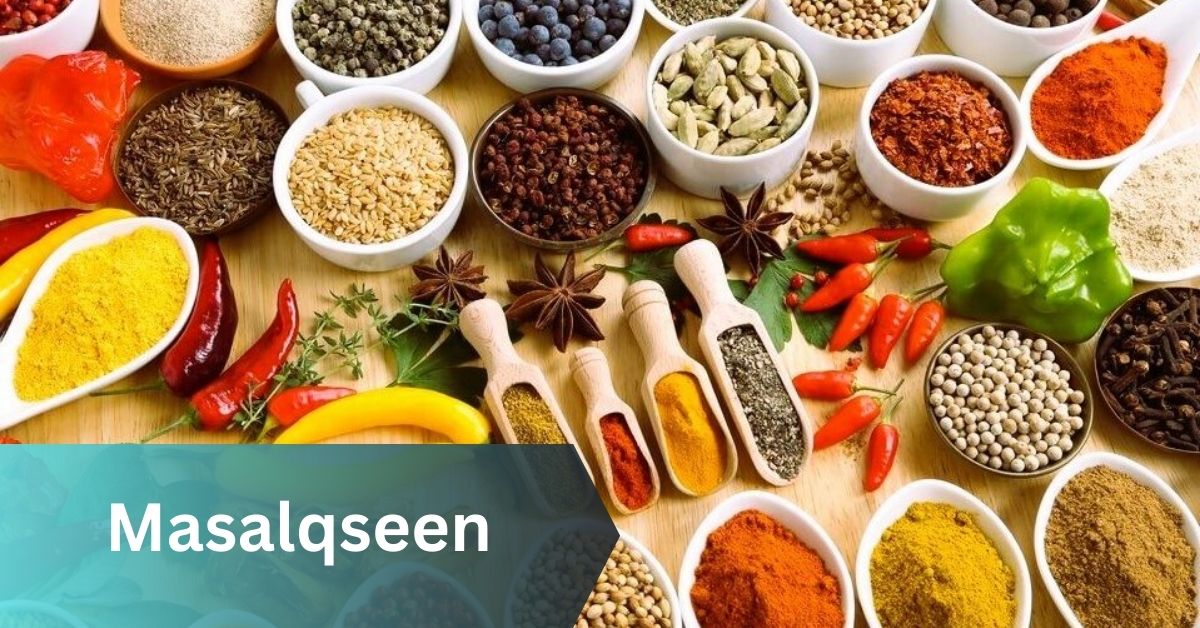Embark on a flavorful journey through time as we explore the fascinating history of Masalaqin, an aromatic spice blend with deep roots in Middle Eastern cuisine.
Centuries in the making, the Masalkin, a reed-based musical instrument, echoes North African traditions. Grow through cultural diffusion. There is no limit to Masalaqeen’s complex spices, gracing kitchens globally.
Join us from its ancient beginnings to its modern-day role as a favorite and versatile ingredient. Whether you’re enjoying traditional Middle Eastern dishes or experimenting with global flavors.
What is Masalqseen? – Explore It!
Masalqseen stands as a traditional Moroccan culinary delight featuring spiced lamb or chicken, expertly cooked in a clay pot alongside a medley of vegetables.
Typically accompanied by bread and a side of olives, this dish holds its roots in the historic city of Fez, Morocco, renowned for its culinary traditions.
While the exact origins of Masala Seen are veiled in mystery, it is believed to have emerged in the 16th century, likely crafted by Moroccan Jews residing in Fez during that era.
The dish, however, transcended religious and cultural boundaries, capturing the taste buds of the city’s Muslim population and subsequently spreading its aromatic influence throughout Morocco and beyond.
In modern times, Masalqseen has become a culinary gem cherished by diverse communities, both within Morocco and globally. Retaining its status as a cornerstone of Moroccan cuisine, this dish remains a time-tested favorite that promises to delight even the most discerning palates.
Tracing the Roots of the Masalqseen Tradition – Origins Unveiled!

The storied tradition of masalqseen is believed to trace its roots back to the vibrant city of Mosul in Iraq.
According to historical accounts, a group of enterprising women in Mosul initiated the tradition by crafting small, square-shaped cakes from a simple mixture of flour and water, which they then fried in oil and sold to passersby.
This culinary practice is thought to have its origins in the 10th century, during the rule of the Abbasid Caliphate in Mosul.
During this era, street food vending, particularly by women, was a common sight, and spice blends may have emerged as a means for these women to supplement their income.
As time progressed, the aromatic mixture recipe underwent transformations, with additional ingredients finding their way into the cake batter.
In contemporary times, masalqseen recipes incorporate a variety of flours, including wheat, rice, and semolina.
The cakes can be sweetened with sugar or honey and infused with aromatic spices like cardamom or cinnamon. Typically served with tea or coffee, Exotic spice blend has become a beloved treat.
The allure of culinary spice mix has transcended the borders of Iraq, gaining popularity in various Middle Eastern and North African countries.
Remarkably, in recent years, these delectable treats have found a place on tables in Europe and North America, illustrating the global appeal of this centuries-old culinary tradition.
Tracing the Historical Progression of Flavor Composition – Discover Origins!
The Masalqseen, a traditional North African musical instrument with centuries of history, is believed to have originated in Morocco, though its exact roots remain elusive.
Crafted from the stem of a reed plant, this flute-like instrument features a small circular opening at one end and two or three finger holes at the other.
The earliest documented mention of the Masalqseen dates back to the 13th century, found within an Arabic manuscript.
Over subsequent centuries, its popularity grew, spreading across North Africa and finding particular resonance in Algeria and Tunisia.
Today, the Masalqseen continues to play a significant role in North African musical traditions, lending its distinctive notes to a myriad of traditional songs and dances.
Exploring the Cultural Impact of Masalqseen – Discover Heritage!

Originating from Madagascar (City Name), the Masalqseen plant, a member of the mint family closely related to basil, oregano, and thyme, holds a crucial place in the island’s culture. For centuries, it has been a cornerstone in both traditional medicine and culinary practices.
Believed to possess numerous medicinal properties, the Masalqseen has been employed to address various ailments, including respiratory and digestive disorders, and even malaria.
With purported anti-inflammatory attributes, it has found its way into the island’s traditional medicine repertoire.
Beyond its medicinal uses, the Masalqseen is a common ingredient in Malagasy cuisine, frequently employed as a seasoning or added to enrich the flavors of soups and stews.
As an integral part of Madagascar’s cultural heritage, the Masalqseen stands as a symbol of tradition and continuity.
Its enduring presence in both medicine and culinary arts underscores its significance in the daily lives of the island’s inhabitants, connecting the past with the present.
Popular Types of Tasty Infusion – Discover Varieties!
- Pioneer Masalqseen: Believed to be the inaugural creation, this masalqseen type traces back to 12th-century Mosul, Iraq. Crafted from a thin sheet of engraved metal, it stands as the original embodiment of this musical tradition.
- Damascus Masalqseen: Originating in 13th-century Damascus, Syria, this type features a thicker metal sheet than the original. Distinguished by intricate engravings, it signifies a refined evolution in the masalqseen tradition.
- Moroccan Masalqseen: Hailing from 14th-century Morocco, this masalqseen mirrors the Damascus variant but embraces vibrant enamel work for added allure. Its origins weave through the rich tapestry of Moroccan musical heritage.
- Turkish Masalqseen: Emerging in 15th-century Turkey, this masalqseen shares similarities with the Damascus and Moroccan counterparts. Noteworthy for its elaborate engravings and decorations, it reflects the artistic nuances of Turkish musical traditions.
Formation and employment of Masalak – Make your own melody!
Derived from the Arabic word for “mixture,” masalqseen is an Algerian spice blend elevating the flavors of couscous and various dishes.
Common ingredients include cumin, chili powder, paprika, salt, and pepper, with additional spices like turmeric, cardamom, cloves, and cinnamon.
Crafting masalqseen is simple – blend all spices thoroughly. For usage, generously sprinkle the spice mix over couscous or cooked foods, adjusting the quantity based on personal taste preferences. Begin with a modest amount and tailor the intensity to suit your culinary desires.
Preservation and Conservation of the Masalqseen Tradition – Sustain the Tradition!

The Masalqseen tradition, an intricate blend of folk music and dance, stands as a cultural treasure echoing through the ages in the Gulf region. Its roots stretch back to the ancient realms of Mesopotamia and Persia. Carried to the Gulf by Bedouin nomads who settled in the region, this vibrant tradition became woven into the fabric of Gulf culture.
So, Masalqseen is not just an art form; it’s a dynamic expression ingrained in Gulf celebrations, particularly weddings. Its lively melodies and dances serve as a communal glue, fostering unity among the people.
Passed down from generation to generation, Masalqseen symbolizes the beating heart of Gulf cultural identity.
Preserving this heritage is paramount. Establishing performance groups, conducting workshops, and offering classes are proactive steps to ensure the continuity of Masalqseen.
Equally crucial is the documentation and recording of this tradition, creating a lasting legacy that can be shared with, and appreciated by, future generations.
Through these efforts, the guardians of Masalqseen aspire to keep the flames of this rich cultural tradition burning brightly in the Gulf’s collective memory.
Frequently Asked Questions:
1. What exactly is masalqseen?
Tunisian spice blend with chili peppers, cumin, coriander, and mint. Contains harissa and aromatic spices, defining the characteristic flavor of Tunisian dishes.
2. How spicy is it?
Masalqseen varies in spiciness, influenced by harissa and red chili peppers. Adjust to taste by modifying the amount of harissa used.
3. What foods is it used in?
Flavoring Tunisian dishes—meats, seafood, and vegetables—it’s a staple in tagines, stews, soups, and salads, defining signature dishes like tagine kebabi and chorba frik.
4. Where can I buy masalqseen?
Available at Middle Eastern and spice shops specializing in North African/Tunisian ingredients. Find online from retailers offering Middle Eastern and North African spices.
Conclusion:
A centuries-old tradition in Middle Eastern culture, mosques are a powerful symbol of identity. Its intricate patterns and vibrant colors evoke a deep appreciation for it, which has influenced cultures around the world.
Read more:


